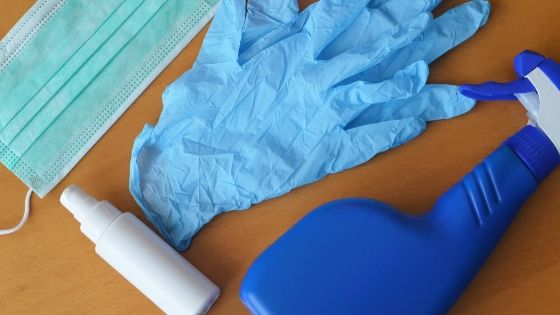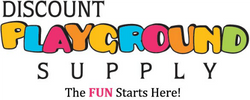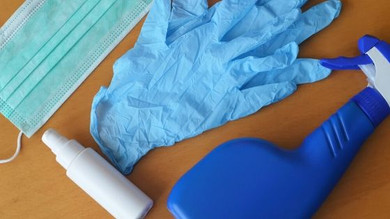
Now more than ever, people are concerned about the right ways to clean. Not just actually following through with proper hand-washing practices, but how we go about cleaning, disinfecting, and sanitizing the world around us. When it comes to the parks our children play at, to the offices we spend a lot of our time in, we want to ensure that when we’re allowed to go back to some sort of normalcy, things are cleaned—and stay that way.
That’s where proper cleaning practices come into play. The way we clean will play a role in our health, the health of those around us, and the chances of us finding some sort of normalcy again. That said, there are some things we need to know in order for that to happen—did you know there’s a difference between sanitizing and disinfecting? We need to know this in order to ensure a healthy environment no matter whether we’re at home, at the office, or at the playground. We’ll explain the difference between sanitizing and disinfecting below—learn more!
Sanitizing versus Disinfecting
Where cleaning gets rid of dust and debris, it doesn’t get down to the nitty-gritty, small guys—the bacteria and contamination that needs to go away. Our surfaces need more than a wipe-down with a rag—they need to be either sanitized or disinfected. Let’s delve into those differences.
It really comes down semantics. Both aim to reduce the amount of contamination found on a surface. They do this by killing germs, but disinfecting pushes it further. Disinfectants are designed to “kill virtually everything,” stated by the EPA. Sanitizing (still a great choice, and more thorough than cleaning) “removes most germs to the level of 99.9 percent or more on non-food contact surfaces,” again detailed by the EPA.
What can make sanitizing friendlier is that it doesn’t have to be full of the harsh chemicals that many disinfectants contain in order to work. Think of bleach or pesticides, for example—those “kill everything” but are full of chemicals that damage surfaces and cause skin irritation, at the very least. At surface value, both sanitizing and disinfecting are much better than simply cleaning, but when you delve into it, there is more to be cautious of when it comes to disinfecting.
Ridding Surfaces of Contamination
Like we stated, either sanitizing or disinfecting will be a better choice than simply cleaning. This is what you’ll want to do to all surfaces before heading back out. Office spaces, playgrounds, doorknobs, all of those will benefit from both sanitizing and disinfecting. If you need a product that’s strong without the chemicals, that’s when you can turn to Discount Playground Supply—our multi-surface disinfectant cleaner does not contain harsh chemicals—it cleans and sanitizes surfaces on contact using EPA approved “green” ingredients.
How MaxxClean Works
Think about it this way—germs live and grow on surfaces with pH levels between 4.8 and 9.2. In order to cancel out those germs and reset the pH to a reasonably “clean” level, then the sanitizers and disinfectants we use need to have higher pH level. MaxxClean has a high pH level of 11.4. When used, it sanitizes surfaces, leaving the pH of the surface at a high level for weeks—out of reach of the germs and viruses we’re worried about.
If you want your surfaces clean, order some MaxxClean Multi-Surface Cleaner and Sanitizer from Discount Playground Supply now. You won’t regret having this on hand.

